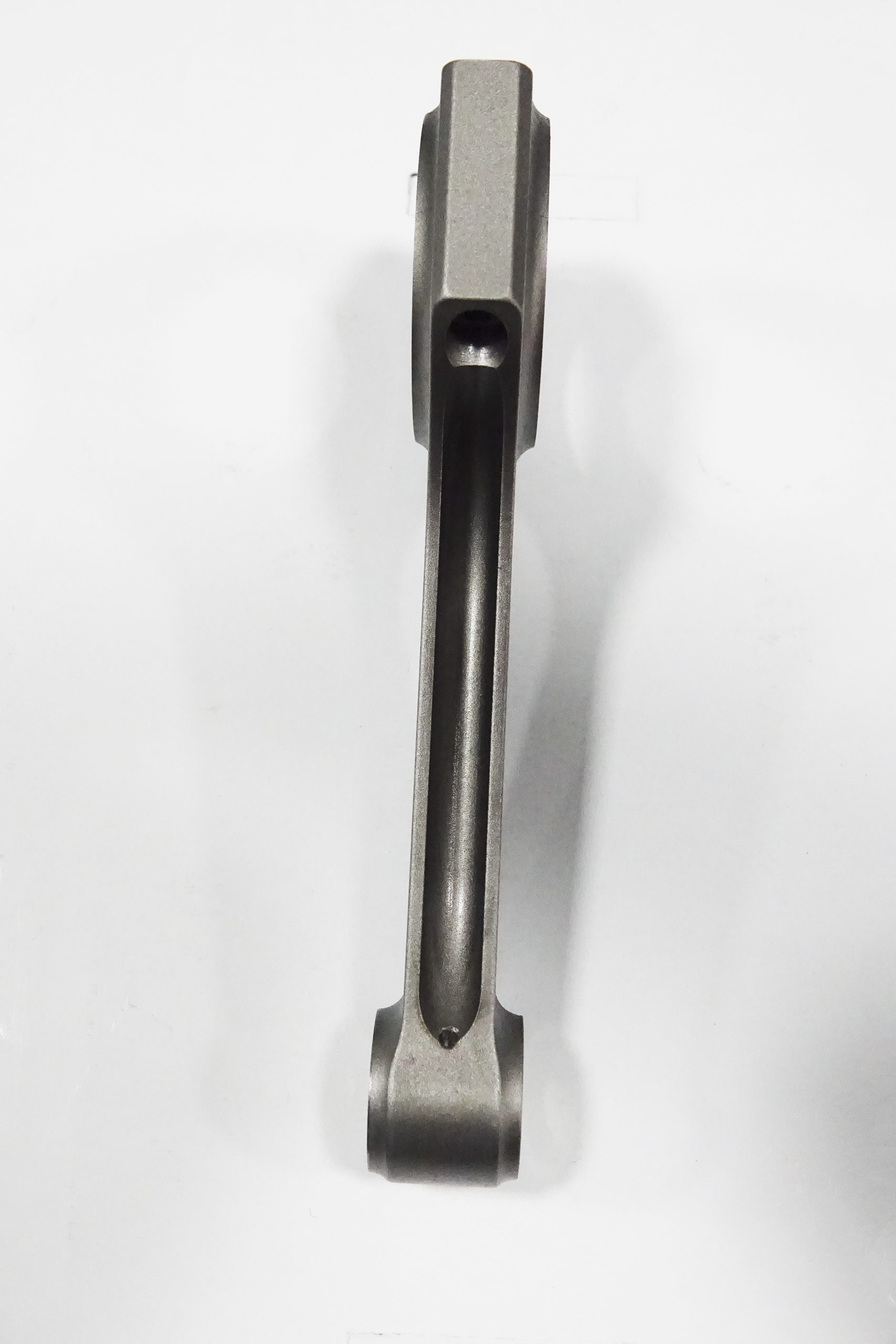What is connecting rod? It’s a question that may have crossed the minds of those who are intrigued by the inner workings of an engine. This article aims to unravel the mystery of connecting rods, exploring their purpose, design, and importance in the performance and efficiency of internal combustion engines.
A connecting rod is a vital engine component that connects the piston to the crankshaft in an internal combustion engine. Its primary function is to convert the linear motion of the piston into the rotational motion of the crankshaft, ultimately producing the force that propels a vehicle forward.
Made from strong materials such as steel, aluminum, or titanium alloys, connecting rods are designed to withstand the immense forces and temperatures generated within an engine. The choice of material depends on factors like engine size, power output, and the intended application of the engine.
The typical connecting rod consists of two ends: the big end and the small end. The big end connects to the crankshaft through a bearing, allowing for smooth rotation, while the small end attaches to the piston via a wrist pin or gudgeon pin. This design ensures maximum efficiency and minimal friction between the two parts.
One of the critical aspects of connecting rod design is balancing strength and weight. A lightweight rod can reduce the overall mass of the engine, contributing to better acceleration and fuel efficiency. However, the connecting rod must also be strong enough to endure the forces exerted during the combustion process. Achieving this balance requires skillful engineering and the use of advanced materials.
Engine performance and reliability are significantly affected by the design and quality of connecting rods. A well-designed connecting rod can lead to smoother engine operation, reduced vibrations, and an enhanced driving experience. Additionally, high-quality connecting rods can help extend an engine’s lifespan by minimizing wear on internal components.
In recent years, the demand for aftermarket connecting rods has grown as a means of upgrading engine performance. These high-performance rods offer various advantages, including increased strength, weight reduction, and enhanced durability. For enthusiasts looking to optimize their engines, investing in aftermarket connecting rods can be a worthwhile decision.
In summary, while connecting rods may seem like small and often overlooked components, they play a crucial role in engine performance and reliability. These essential engine parts translate the power generated by the pistons into the force that drives our vehicles. By understanding what a connecting rod is and its function in an engine, we can better appreciate the engineering marvels that make modern transportation possible.